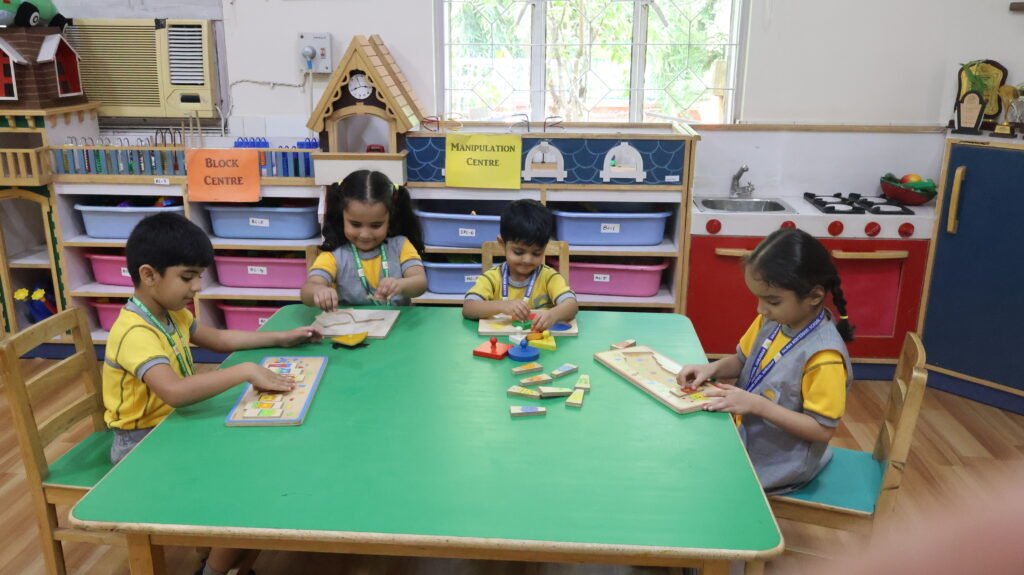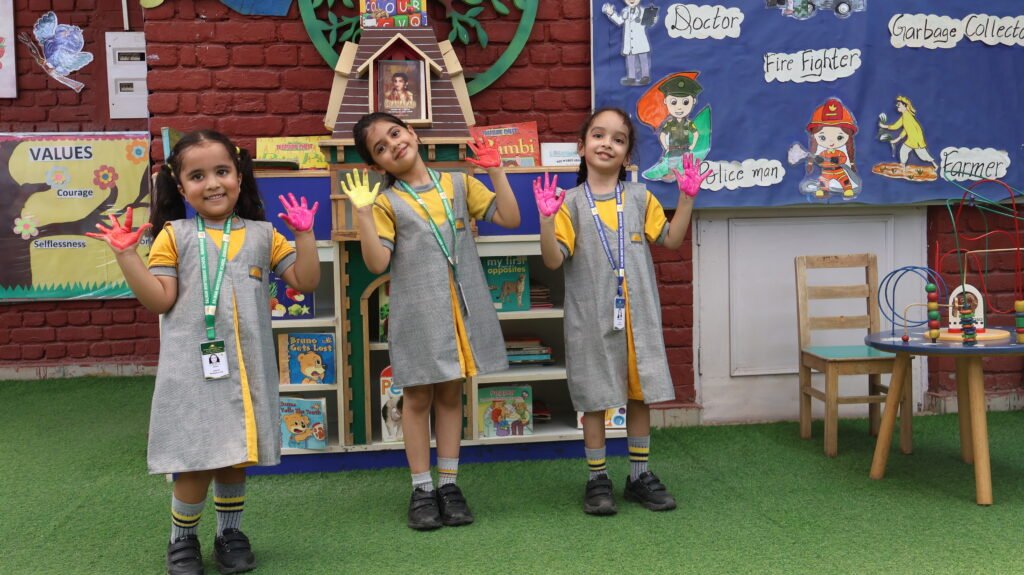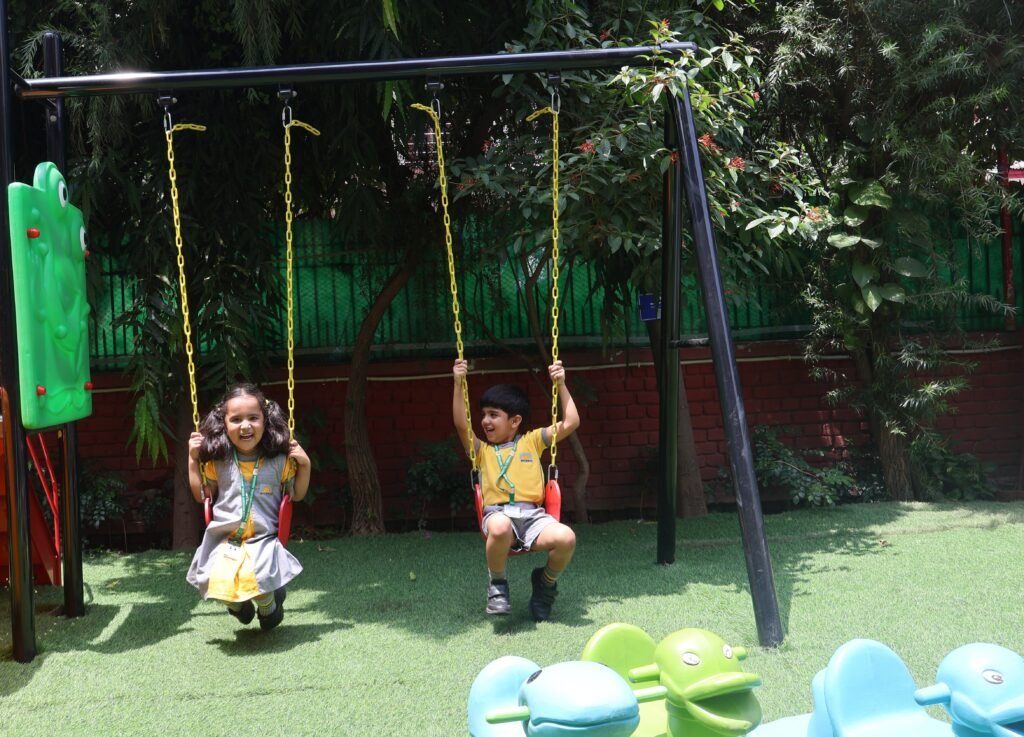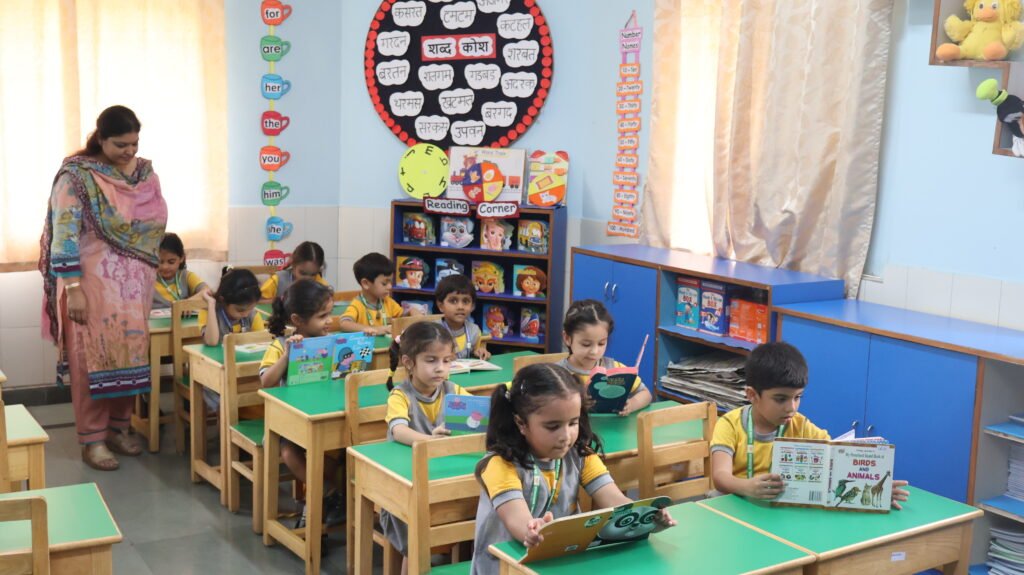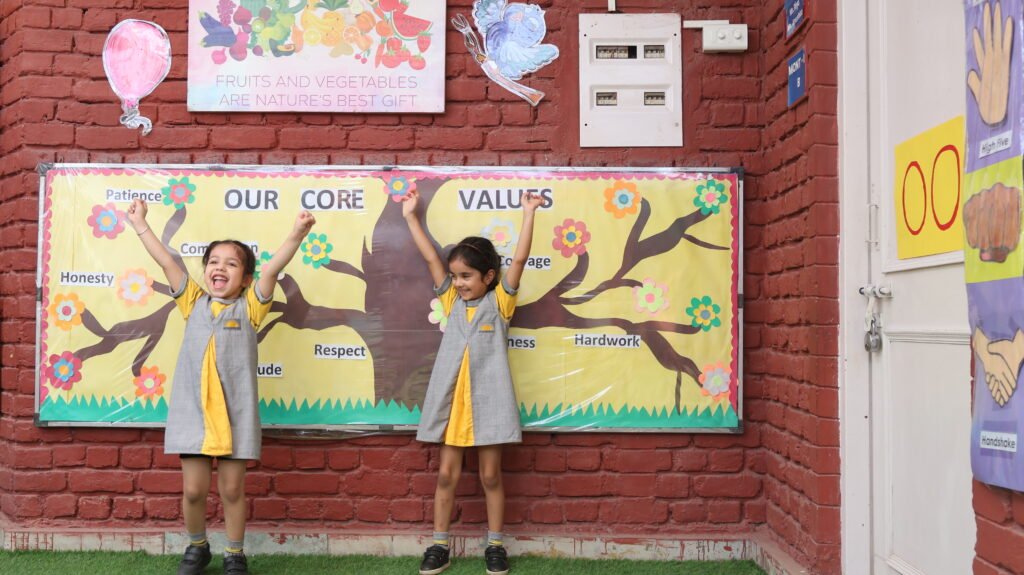Article 8 – Achieving Through Sustainable Development: Quality Language Education in Early School Years
Article 8: NAVTIKA VOL XV NO. 3 (April 2025 -July 2025) Introduction India is currently facing a crisis—language-based intolerance and discrimination have been on the rise, sometimes turning violent and undermining India’s long tradition of tolerance, diversity, and coexistence. The rapid growth of social media without adequate digital literacy has further amplified stereotypes and false notions of linguistic superiority or inferiority. This makes the role of schools crucial: to sensitize learners to linguistic and cultural inclusion. Providing a safe environment for students from diverse backgrounds ensures their potential can flourish. Sustainability is not just social, economic, and cultural—it also includes epistemic justice. Language, as a tool of identity and expression, deeply shapes opportunities. Unfortunately, the dominance of certain languages—often English—has marginalized many students. To achieve true quality education, both mother tongues and dominant languages must coexist in classrooms. Abstract India’s National Education Policy 2020 aligns with the United Nations’ Sustainable Development Goal 4, focusing on inclusive and equitable quality education for all. The policy emphasizes access, equity, quality, affordability, and accountability while restructuring education, improving teacher quality, and promoting vocational and experiential learning. By 2030, the goal is 100% enrollment. Debate on Medium of Instruction in India There has been a long-standing debate in India about the medium of instruction. Parents often struggle between: Mother tongue/regional language: Better engagement, participation, comprehension, and cultural identity. English: A global language offering wider opportunities and socio-economic mobility. A balanced approach is Mother Tongue-Based Multilingual Education (MTB-MLE), which enhances comprehension, participation, and cultural connection while also enabling access to global opportunities. Language and Its Role in Achieving SDG 4 All 17 Sustainable Development Goals are interconnected, but SDG 4—quality education for all—is central. Language can act as a bridge or a barrier to learning. Inclusive education must respect students’ linguistic and cultural knowledge. Incorporating mother tongues ensures emotional comfort, cultural belonging, and equitable opportunities. Schools must also provide peaceful and inclusive environments that foster social-emotional learning. SDG 4 and the State of Language and Literacy in India India has improved infrastructure—electricity, sanitation, and technology in schools—but foundational literacy remains a challenge. Many children in classes 3, 5, and 8 fail to reach expected reading levels. NIPUN Bharat and NCF 2023 emphasize mother tongue instruction in early years, as it helps bridge school and home environments, strengthens comprehension, and builds lifelong learning skills. Inclusion Through Language The National Education Policy 2020 envisions schools as inclusive, equitable, and diverse. Yet, many institutions still ignore students’ native languages, creating alienation. Teachers and schools must create supportive linguistic environments. Education should blend global and local knowledge, valuing the cultural richness each child brings. A multilingual, inclusive classroom is key to sustainability and justice. The Intersection of Pedagogy, Teachers, and SDG 4 Language is a gateway to participation in education. Mother tongue-based learning strengthens cultural knowledge and engagement. Quality language education must go beyond fluency—it should also integrate themes of sustainability. Teachers need professional development to connect language pedagogy with cultural, ecological, and social realities. Strategies to Achieve SDG 4 Through Language Give space to multiple mother tongues alongside regional and global languages. Use low-cost, culturally relevant teaching materials. Involve communities—elders, professionals, diverse groups—in curriculum planning. Move beyond textbooks—link language with real-world issues like climate change and equity. Blend performing and digital arts with literature to spark creativity. Use AI tools to design personalized materials and assessments. Conclusion To achieve sustainable development, inclusivity in education is non-negotiable. Language is central to this mission. Education through the mother tongue builds stronger foundations, enhances comprehension, and preserves cultural identity. Language teachers must move beyond grammar and oration, nurturing changemakers for a just, sustainable future. Quality language education is not just about polished communication—it is about empowering communities, preserving culture, and fostering sustainability. References Balacano, R. C. (2020). Juan Tama, Mother Tongue-Based Multilingual Education Storybooks. Borooah, V. K., & Sabharwal, N. S. (2017). English as a Medium of Instruction in Indian Education. Government of India, Ministry of Statistics and Programme Implementation. (2024). Sustainable Development Goals National Indicator Framework: Progress Report. Ministry of Human Resource Development (2020). National Education Policy 2020. National Council of Educational Research and Training (2024). National Curriculum Framework for School Education 2023. UN ESCAP (2017). UN and SDGs: A Handbook for Youth. Vaish, V. (2005). English as a Language of Decolonization in Post-Colonial India. About the Author Shivendra Pratap Singh Ph.D. Scholar, Department of Education, University of Delhi


